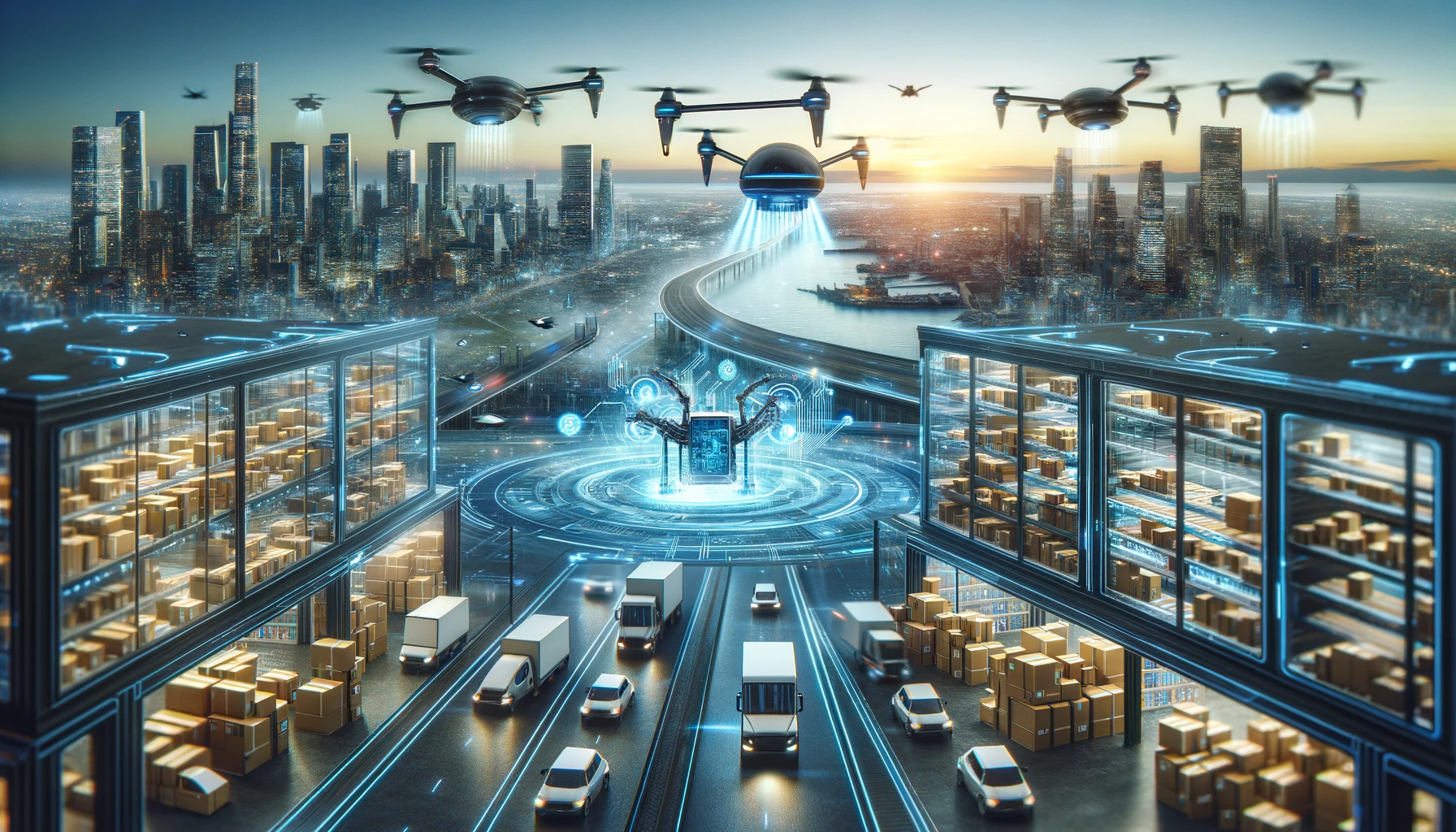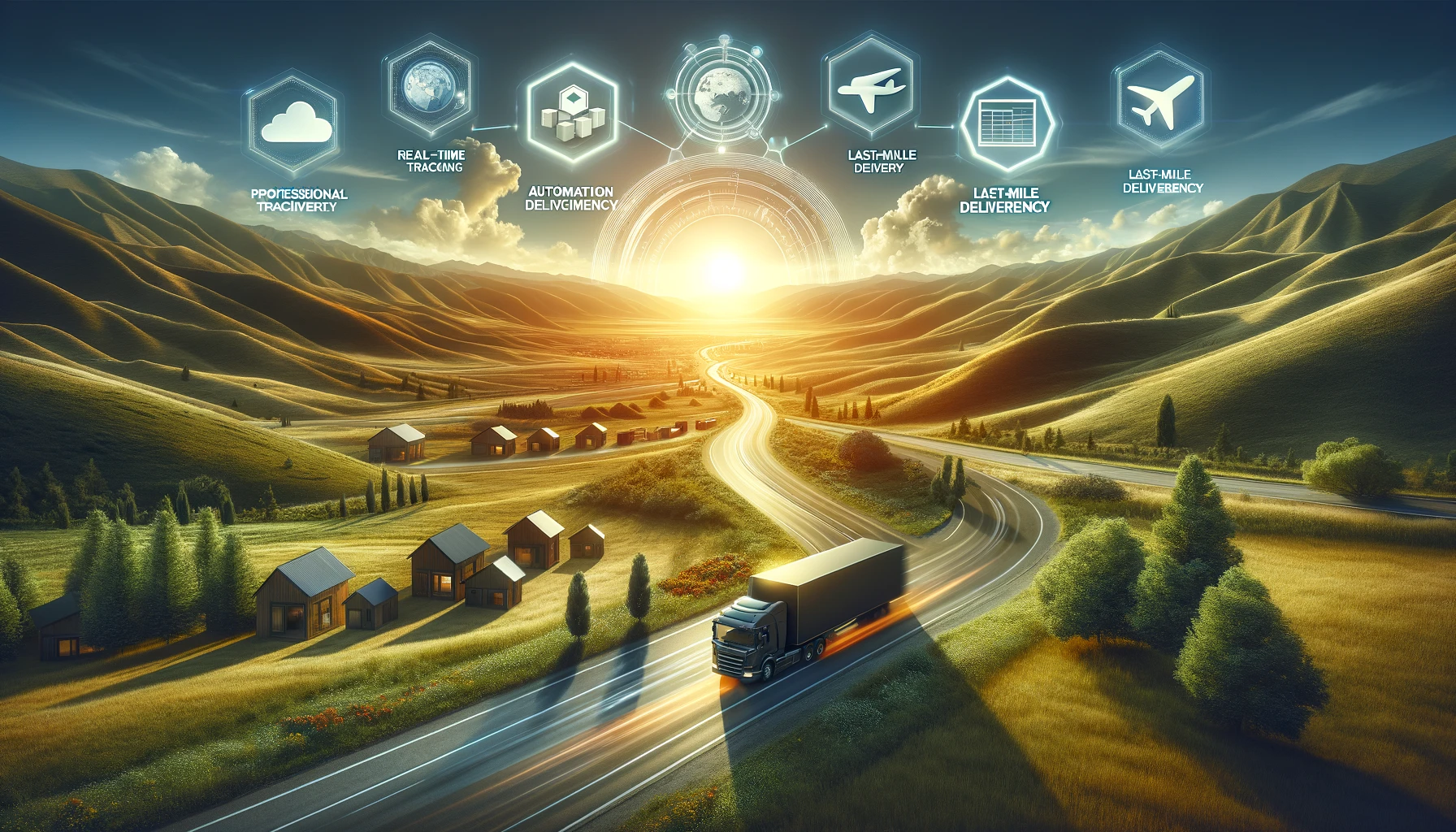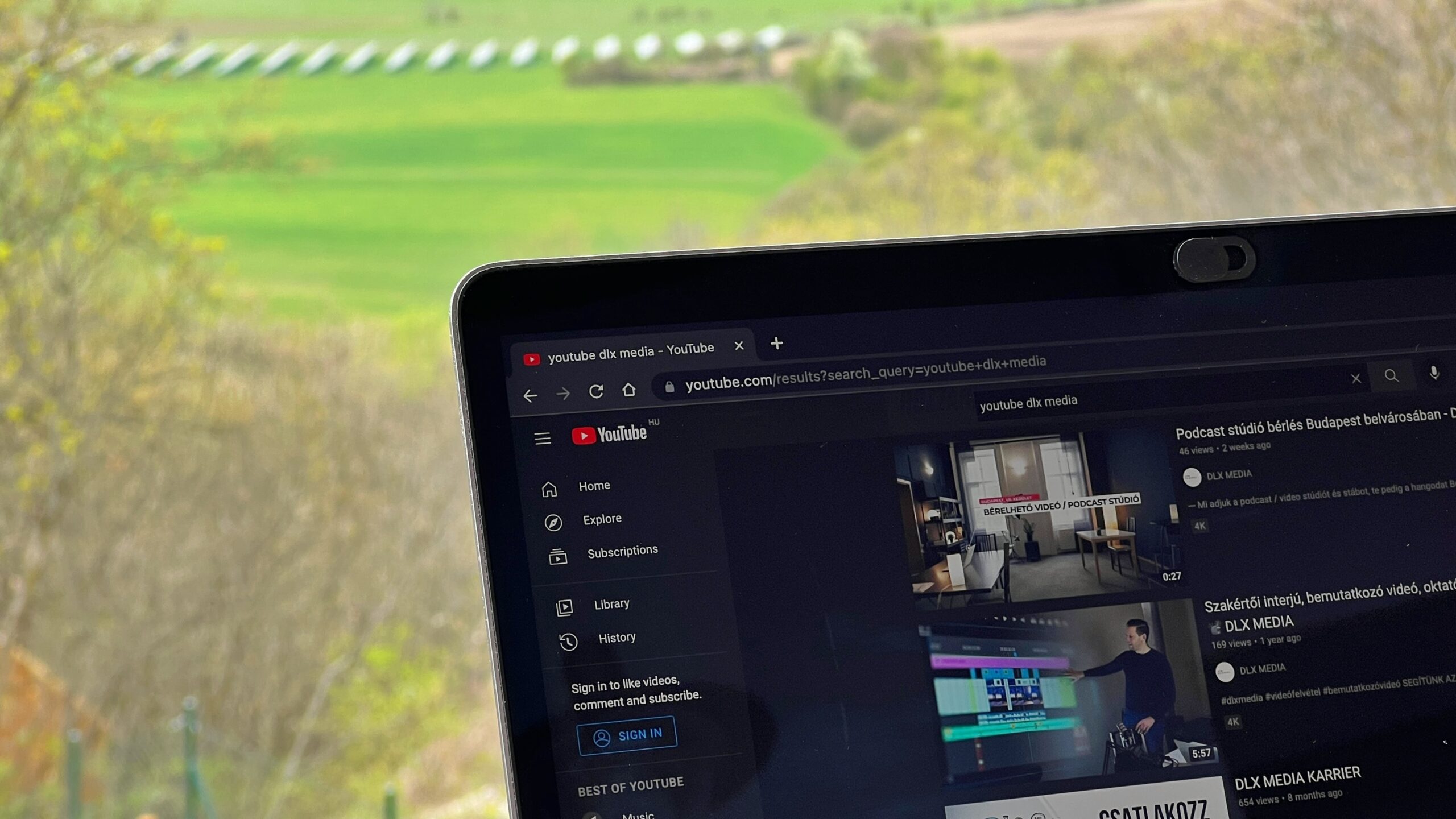Headless Ecommerce is hot. And it could be that 'headless' will leave the traditional Ecommerce solutions behind in the coming years. Why? Because the online consumer wants to be served through all available channels and expects a suitable face for every channel. A headless solution separates the processes from the visible layer. This gives you as a brand the freedom and flexibility to show your face everywhere in the most convincing way.
A growing number of internet entrepreneurs are discovering the benefits of headless Ecommerce. Especially the greater freedom and flexibility are decisive. The technology is no longer in the way, but serves the commercial goals and omnichannel strategy. 'Without a head' you are less bound and you can react more quickly to the dynamics of the Ecommerce playing field. As a result, the headless technology could replace traditional solutions such as Magento and Salesforce.
'Omnichannel strategy is the driving force behind headless Ecommerce'
But first: what exactly is headless Ecommerce architecture? 'Head' stands for the front of Ecommerce platforms, the frontend. In other words: that part of your webshop or b2b platform that is visible to your prospects and customers. Not something to leave out, you would say. After all: the front determines the appearance and recognition of your brand. Completely correct. And if you only do business via one webshop or platform, you have to be careful with it.
However, the reality is that Ecommerce entrepreneurs today conduct business through a multitude of online channels and touchpoints. Multiple websites for one brand are the rule rather than the exception, the shop-in-the-shop formula, facilitated by marketplaces, has become an indispensable revenue model, social media is playing its part for the customer's favor, mobile transactions are increasing rapidly, and so on.
'You detach the shell from the egg'
If you look at it that way, a fixed frontend is suddenly no longer so obvious. Because with an omnichannel strategy it is much more important that you can upload and distribute content quickly and without errors and that the appearance adapts directly to the medium you use. Practice shows that this is faster and easier if you separate the frontend from the backend and disconnect the associated processes from each other. In short, that's the essence of headless Ecommerce platform solutions. You loosen the shell from the egg.
In other words: you don't have to mix the egg - the backend that contains all the functions that make your webshop or platform run - over and over again. You use one technical infrastructure as a breeding ground to present yourself to the market in multiple ways. Everything that is created and managed in the backend is using APIs (Application Programming Interfaces) sent to the different frontend. That can be your platform or webshop, the interface that connects you to one or more marketplaces, or any other digital vehicle that you use to entice consumers.
'More options for a personalized Customer Experience'
Your customers will not notice this by the way. The technology is and remains the technology, always neatly hidden under the 'shell' that the customer chooses. Payment and data processes are the same regardless of the preferred channel in the Customer Journey. But because you are not bound to one presentation, you have more options to personalize and tailor the Customer Experience. Because you are not limited by the technical frameworks of your frontend, you can respond faster and more adequately to rapidly changing consumer trends and preferences.
'Three big steps in the Ecommerce evolution'
There are several explanations for the rapid rise of headless Ecommerce. In the first place, the revolution in content plays a role. We are putting more and more information on the internet, in a multitude of forms and produced by a growing number of 'suppliers'. Think of blogs, vlogs, reviews, and so on. All of that has to be edited, moderated and managed. We do this with content management systems that are becoming increasingly complicated. In other words, the technique became more comprehensive.
Second, mobile shopping took off. We first made platforms 'responsive', but it soon turned out that this did not sufficiently meet the expectations of the online consumer. With specially designed mobile versions, the ultimate Customer Experience can be better managed and created. And is it not logical to put those different appearances on one data infusion? So yes.
Third - and this is arguably the most important development - the Ecommerce landscape evolved into an omnichannel landscape. The number of ways in which consumers interact with the internet - even on the physical store floor! - can hardly be counted on one hand. We are already switching en masse to mobile, and many smart and intelligent connections are being added at breakneck speed. Think of smartwatches, game consoles and the Internet of Things. If you want to respond to that development with an effective omnichannel strategy, then a headless data architecture, preferably in the form of a SaaS solution, is the only way.
Headless Ecommerce - the 5 biggest benefits
The switch to headless Ecommerce is quite drastic. After all, the development of your own architecture involves more than the implementation of the traditional integrated Ecommerce platform, as is now common. Especially the technology and protocols for the data exchange between the frontend and backend listen closely. But once the architecture is complete with all the features you need for your business, the benefits are great.
- You can link your backend (the complete data management and administration system) quickly and tailor-made to any desired retail channel, including the digital infrastructure of your physical store.
- Disconnecting the backend and frontend improves your online performance. Your websites and apps will get faster. This is a big advantage, because speed increasingly determines your Google position.
- You can scale up and down very quickly in the number of channels to be used and respond more effectively to trends.
- You only have to reinvent the wheel once and choose the shell and identity for each sales channel that suits the target group that uses that channel.
- You increase the connectivity of the techniques you use - towards sales channels, but also towards suppliers.
Headless Ecommerce focuses on the backend, the part of your Ecommerce platform that your customers do not see, but that determines the Customer Experience. Of course, the eye also wants something, and design in the front end remains important for your brand image. But speed, reliability and consistent performance across all channels you use are the factors that ultimately determine growth and sustainable success. If you can show multiple faces from one data source, you will reach more potential buyers.













